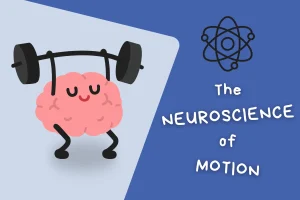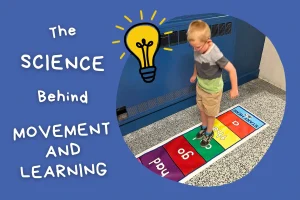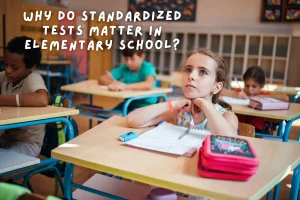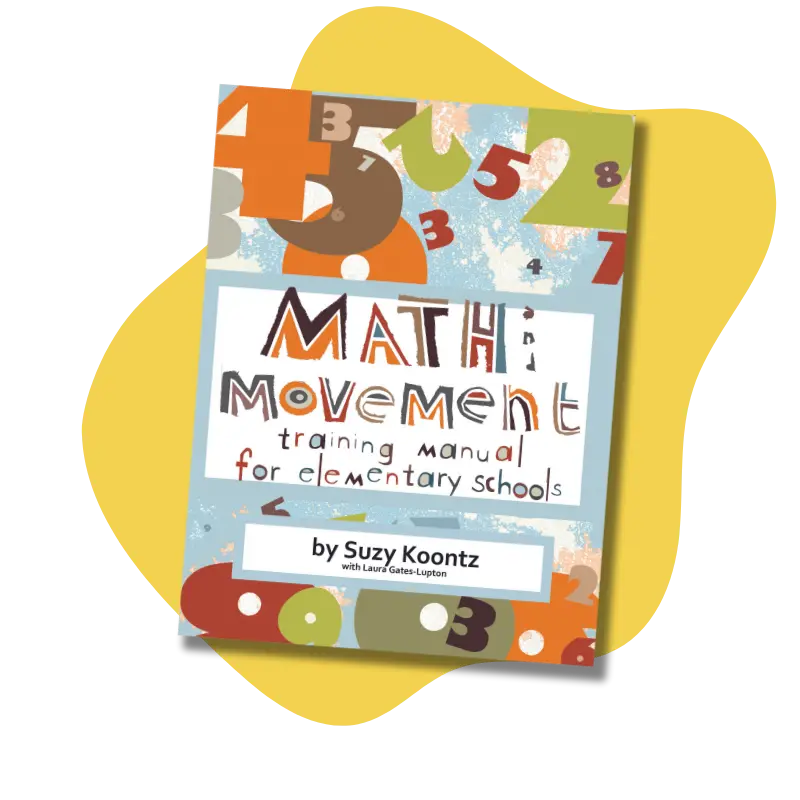The Effects of ACEs on Learning
What are ACEs?
Adverse Childhood Experiences (ACEs) are any instances of abuse, neglect, or trauma experienced by a minor (Center for Disease Control 2019). Examples of ACEs are health problems, divorce, sexual and physical abuse, and emotional and physical neglect (Jarvis, 2018).
A study of 17,000 participants found that 64% of people had one ACE and 12.4% had four or more (The Robert Wood Johnson Foundation, 2013). Furthermore, children with at least one confirmed ACE probably have more than one ACE(Mersky, Topitzes, & Reynolds, 2013).
ACEs can have a major impact on a student’s ability to learn. Research shows that higher dropout rates, low academic achievement, and lower school engagement are more common with students with ACEs. Shockingly, students with three or more ACEs are 32 times more likely to struggle in school (Berry-Jester, 2019). Children with three or more ACEs are more than twice as likely to fail a grade (Idaho Youth Ranch, 2019).
The Effects of Trauma in the Classroom
Trauma can have many consequences on a student’s health and well-being. The ability to communicate, establish a sense of self, follow classroom tasks and instructions, organize new information, and understand relationships are all vital skills that can be negatively impacted by traumatic experiences. Trauma can also follow someone throughout their life. It can impact a child’s ability to play, which is how they learn to cope with day to day, to the ability for adults to form healthy relationships.
The Impact of Movement
Many students with ACEs find that traditional learning environments do not meet their needs. In response, teachers need to be more aware of different learning styles to help all students succeed. Teaching through movement and exercise can help students with information processing and memory. According to the University of Georgia, even physically moving for just 20 minutes can help students learn (Tomporowski, 2003). Movement is very important for children affected by ACEs and their learning process.
To learn more about the Math & Movement program and how it can benefit students with ACEs, visit our website.





